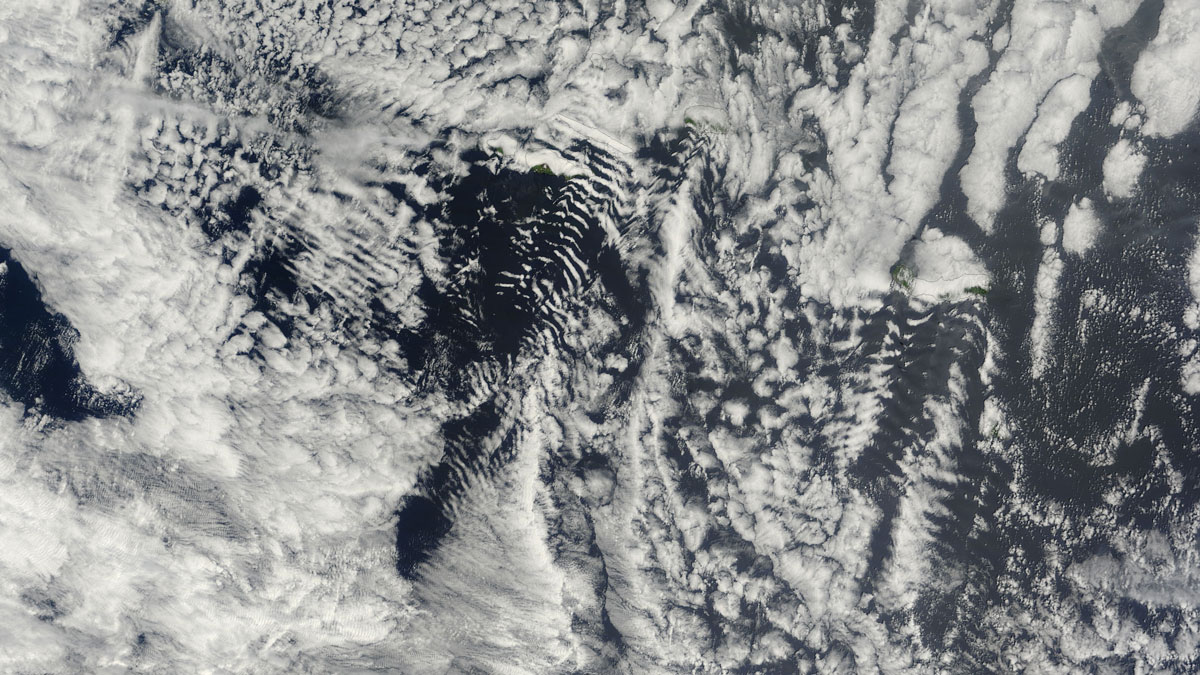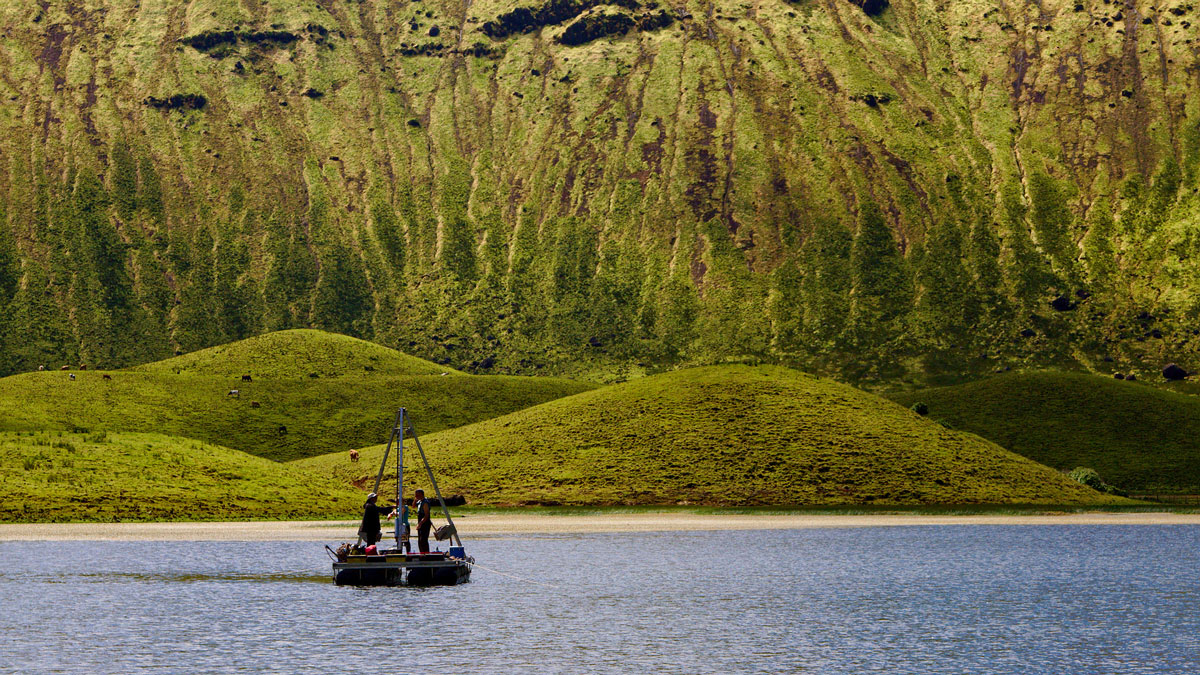By using novel aircraft measurements over the eastern North Atlantic Ocean, researchers shed light on the relationship between common marine biogenic gases and the microphysical properties of clouds.
Azores
Posted inNews
How Does Sand Move? New Observations Challenge Prevailing Formulas
Research in the Azores finds a discrepancy between field observations of sediment transport and predictions made with commonly used mathematical formulas.
Posted inNews
Sediments Suggest Vikings May Have Been the First to Settle the Azores
A multidisciplinary team studying lake sediments and climate change found evidence that the archipelago was inhabited 700 years earlier than historical sources claim.
Posted inNews
Scientists Offer New Explanation for Island's Unexpected Uplift
Researchers developed a new timeline for the rise, fall, and rise again of a puzzling island in the Azores.




